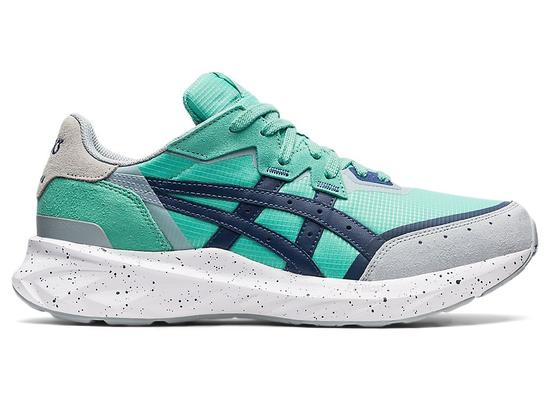Things you need to know before you buy Running shoes for yourself
Meta: Shopping for the ultimate running shoes should be easy when you know where to look. We have compiled a mini-buying guide to help you find your perfect fit.
Introduction
Running shoes that make you feel like you have the wind beneath your feet will help you run that extra mile. But not knowing what to look for when you go looking for this perfect pair could lead you to trouble. Blisters, injuries, tired feet, shin pain, and sore ankles are just a few problems you can “run” into if you buy a pair that are uncomfortable.
Finding the perfect running shoes need not be a challenge if you simply follow our tips given below to choose the pair that will help you get the most out of your run.
1. Know Your Feet
Your
feet and your stride are unique to you, so don’t follow recommendations by your
friends about which shoes work for them, even if they seem to be fitter than
you. Take into consideration the way you move and how your heel strikes the
ground as this will affect your running style., which in turn will define the
amount of cushioning and traction you need from your shoes.
2. Your Comfort Comes First
You are the
most important person in this equation and no one can assess your comfort
better than you. Don’t listen to a fancy sales pitch that offers you methods of
gait assessment to find the perfect shoe. Once you try on the shoe, it should
feel like part of your foot, like it belongs to you and you don’t feel like
taking them off ever.
3. Take a Test Run
It’s not
enough to just try on your running shoes
and see how they look on your feet. This works for clothing but not shoes.
You need to try out the activity that you need them for which is running. So
run around the store for a couple of minutes. If the store is enterprising
enough to provide a treadmill, then a quick run on it will help you assess how
much support your shoes offer your knees and ankles.
4. Try Going Half-size Up
If you run
long distances, your feet are going to swell and you will need some room at the
top of the shoe to accommodate the swelling. Try going half-size up your normal
everyday shoes. To avoid chipped toenails and blisters, keep about half to
one-inch width between your big toe and the front of the shoe. The rest of the
shoe should also not have a constrictive fit. The collar should have a snug fit
around the ankle to provide support without pressure.
5. Consider the Running
Surface
Different
running surfaces call for different types of running shoes. If you plan to run
on the road look for shoes with good cushioning and stability. Treadmill
running requires light and flexible shoes that have soft well-ventilated soles.
Shoes with rugged soles that protect the feet from sharp rocks and with good
traction for better grip are ideal for trail running. It is important to know
where you will be running to be able to choose the correct pair of running shoes.
6. Colour of the Sole
Pay
attention to the color of the sole. A black sole is made of carbon rubber
which makes them durable and heavy. Blown rubber is used for white and colored soles, and it is of a lower density as it contains more air and weighs less.
The black soles can take more wear and tear making them good for asphalt and
concrete while the colored soles are good for track, grass, and treadmill
running.
Running is a form of exercise that is extremely simple but can be highly satisfying and exhilarating at the same time. But over time, this high-impact exercise can take its toll on your feet, ankles, and knees. More so, especially since most of us are forced to use roads made of concrete and asphalt. By choosing a pair of affordable running shoes from the Asics collection that checks all the boxes in the above list, you can minimize pain and injury while increasing your overall comfort greatly.


Comments
Post a Comment